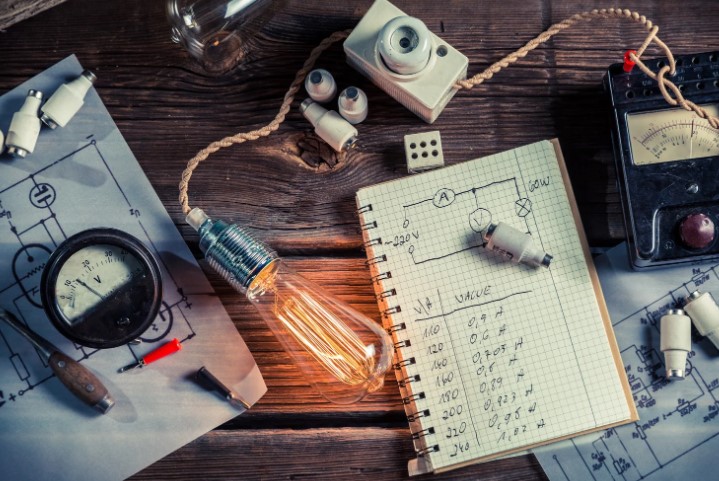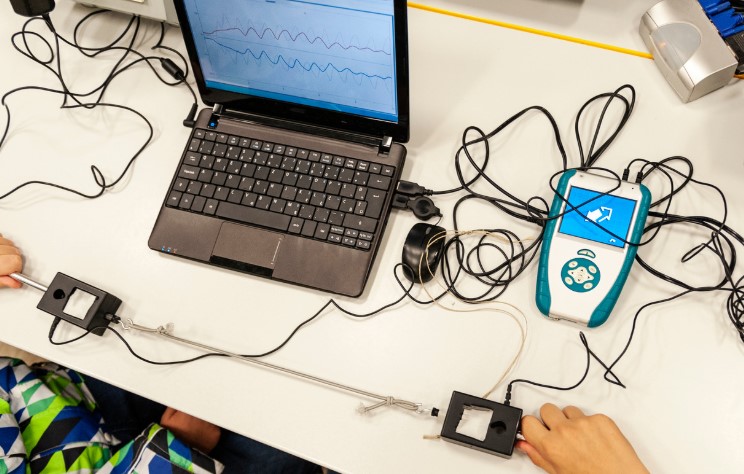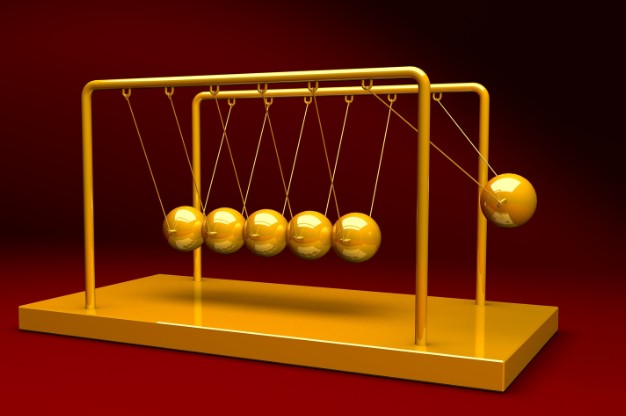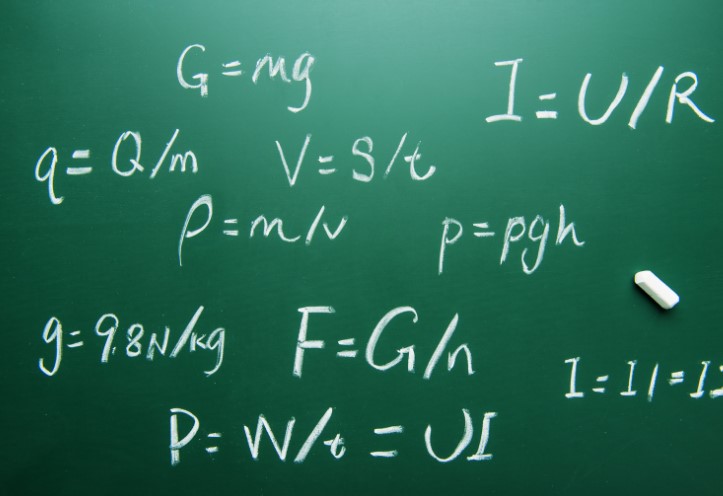- What Name Is Given to the Amount of Work Done in a Given Time?
- How Is Power Related to Work and Time?
- What Are the SI Units of Power?
- What Are Some Real-Life Applications of Power?
- How Does Power Differ from Energy and Work?
- What are the Common Misconceptions About Power and Work?
- Conclusion
- FAQs On Power
In physics, work and time are two crucial factors that define how energy is transferred. When work is done, energy is used or transferred from one form to another. But what name is given to the amount of work done in a given time? That’s where the concept of Power comes in.
Power plays a fundamental role in physics, engineering, and even our daily lives. From measuring the performance of machines to understanding energy consumption in appliances, power helps us quantify how quickly work is performed.
In this guide, I’ll explain what power is, how it is calculated, its SI units, and its real-world applications. Let’s dive in!
What Name Is Given to the Amount of Work Done in a Given Time?
The correct term for the amount of work done in a given time is Power.
In simple terms, Power is the rate at which work is done. It tells us how quickly energy is transferred or how fast a task is completed in a specific period.
For example:
- A 100-watt light bulb consumes energy faster than a 40-watt bulb.
- A sports car accelerates faster than a truck because it has higher power.
Power is a key concept in mechanics, electrical systems, and thermodynamics, helping us understand efficiency and performance.
How Is Power Related to Work and Time?
Power is mathematically defined as:
Power(P) = WorkDone(W) / TimeTaken(t)
Where:
- P is power (measured in Watts, W)
- W is work done (measured in Joules, J)
- t is time taken (measured in seconds, s)
This formula shows that the faster work is done, the higher the power.

Example Calculation:
Imagine lifting a 10 kg object to a height of 2 meters in 4 seconds.
- Work done = Force × Distance = (10 × 9.8) × 2 = 196 Joules
- Power = 196 J / 4 s = 49 Watts
Thus, the power required for this task is 49 W.
What Are the SI Units of Power?
Power is measured in Watts (W), named after James Watt, the inventor of the steam engine.
Unit Conversions:
- 1 Watt (W) = 1 Joule per second (J/s)
- 1 Kilowatt (kW) = 1,000 Watts
- 1 Horsepower (hp) ≈ 746 Watts
Other Units of Power:
| Unit | Equivalent in Watts | Used In |
| Watt (W) | 1 W | General science & physics |
| Kilowatt (kW) | 1,000 W | Electrical appliances |
| Horsepower (hp) | 746 W | Automobiles & engines |
| Megawatt (MW) | 1,000,000 W | Power plants & industry |
What Are Some Real-Life Applications of Power?
Power is an essential concept used in various fields. Some common applications include:
- Electrical Appliances – Light bulbs, televisions, and refrigerators consume electrical power measured in watts.
- Vehicles and Engines – Horsepower (hp) is used to measure the performance of cars and motorcycles.
- Sports and Athletics – Power is a key factor in sprinting, weightlifting, and other high-energy activities.
- Construction and Engineering – Machines like cranes and bulldozers use power to perform heavy tasks.

How Does Power Differ from Energy and Work?
Many people confuse power with energy and work. Here’s a simple comparison:
| Concept | Definition | SI Unit | Formula |
| Work | Energy transferred when force is applied over a distance | Joule (J) | W = F × d |
| Energy | The capacity to do work | Joule (J) | E = P × t |
| Power | Rate at which work is done | Watt (W) | P = W / t |
Key takeaway:
- Work and energy measure how much effort is exerted.
- Power measures how fast that effort is applied.
What are the Common Misconceptions About Power and Work?
There are several misunderstandings about power and work, such as:
- Power is not the same as energy – Energy is the capacity to do work, while power is the rate at which that work is done.
- More power doesn’t always mean more energy consumption – A high-power device may run for a shorter time, consuming less energy overall.
- Watt and horsepower are not interchangeable – Horsepower is used for engines, while watt is used for electrical power.

Conclusion
Power is a fundamental concept in physics, defining the rate at which work is done. Understanding power, its units, and applications helps us analyze mechanical and electrical systems efficiently.
From vehicles to household appliances,power plays a vital role in our everyday lives. By knowing how to measure and interpret power, we can make smarter decisions about energy usage and efficiency.
Related Article: A 15 W Electric Shaver Is Used for 3 Minutes. How Much Energy Does It Use?
FAQs On Power
1. What is the difference between power and energy?
Power is the rate of energy transfer, while energy is the total capacity to perform work.
2. Why is power important in physics?
Power helps us understand how efficiently work is done and how machines perform tasks over time.
3. What are practical examples of power in daily life?
Examples include electrical appliances (bulbs, microwaves), vehicles (engine horsepower), and even physical activities (running, lifting weights).
4. How is power measured in electrical appliances?
Power is measured in watts (W) or kilowatts (kW), calculated as P = Voltage × Current in electrical circuits.
5. What is the significance of horsepower in vehicles?
Horsepower measures an engine’s power output, helping determine speed and acceleration capabilities.


0 Comments